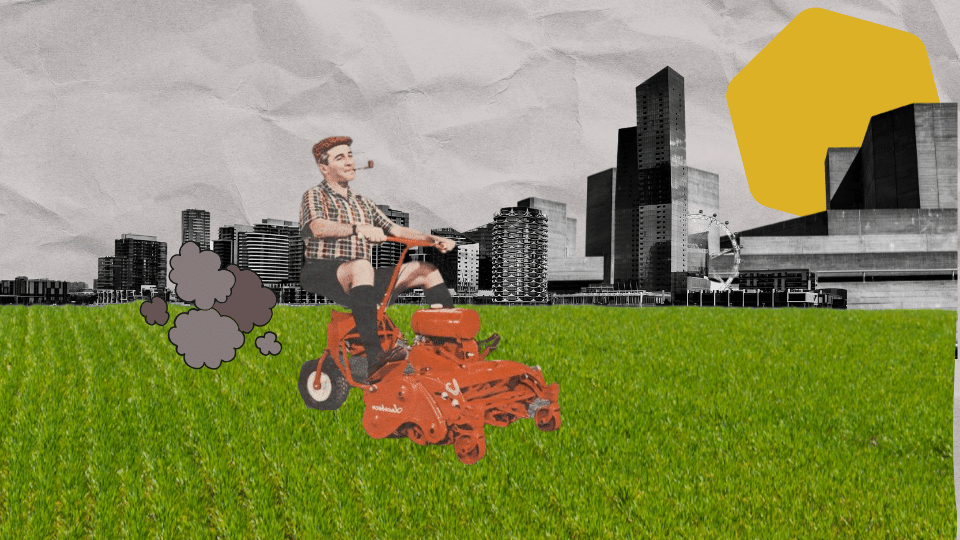A lawn is an area of soil-covered land planted with grasses and other durable plants such as clover and kept at a short height with a lawnmower or occasionally grazing animals for aesthetic and recreational purposes. But did you know only the rich could afford to maintain a well-manicured lawn back in the day?
Traditional grass lawns began as a symbol of wealth for the wealthy. Neatly cut lawns used solely for aesthetic purposes became a status symbol, demonstrating that the owner could afford to maintain grass that did not serve food production purposes.
The History of Lawns
The lawn appears to have been invented in Europe, which makes ecological sense given Europe’s moist, mild climate, which supports open, close-cut grasslands.
The Middle English word launde originally referred to a glade or opening in the woods, but it later came to refer to artificial stretches of land that looked like glades. Some of the earliest lawns were the grasslands around medieval castles in France and Britain, which were kept clear of trees so guards could see approaching, possibly hostile, visitors. The term also referred to the village commons, or the meadows shared or held in common by villagers where their sheep and cattle could graze. These hooved lawn mowers mowed the grass while fertilizing it. Consider organic lawns.
Closely shorn grass lawns first appeared at the homes of large, wealthy landowners in 17th century England. While sheep were still grazed on many of these parklands, landowners increasingly relied on human labor to maintain the grass near their homes. Before lawnmowers, only the wealthy could afford to hire the many hands required to scythe and weed the grass, so having a lawn was a sign of wealth and status. (Source: Planet Natural)
Sign of the Upper Class
As cities grew and became more industrialized in the mid-nineteenth century, city beautification campaigns became common, and the park was born. Initially, this term referred to the acres of lawn with carefully tended trees surrounding wealthy English homes. It took on a new meaning in democratic America, becoming a public space characterized by landscaped lawns, trees, shrubbery, and bodies of water like fountains, streams, ponds, and lakes, all of which were inspired by British estate grounds.
The park was redefined and democratized, becoming ubiquitous in North America. Anyone who has driven across the United States or southern Canada knows that every town has its park: a block or two of grass, trees, a sandbox and swing set, a few benches, a picnic table, and a water fountain. It would still be recognizable as a park if all but the first item, grass, were removed.
Lawns eventually spread from the civic center to North American backyards. Frederick Law Olmsted, the American father of landscape architecture, was a crucial figure in this movement, designing New York City’s Central Park in the 1850s and parks in Boston, Montreal, and elsewhere. Olmstead not only popularized the use of meadows in public parks but also designed suburbs with lawns for each residential home.
These three postwar developments help to explain where lawn standards come from. The lawn has since become a fixture of American and Canadian suburbs and the American imagination. The quest for perfection had begun. While the lawn started as a symbol of upper-class British wealth, it has since evolved into a symbol of the middle-class American dream: a home of one’s own surrounded by green grass. The future task is to figure out how to keep what is valuable in this dream while letting go of what is harmful. (Source: Planet Natural)
Image from Rootsdownga
